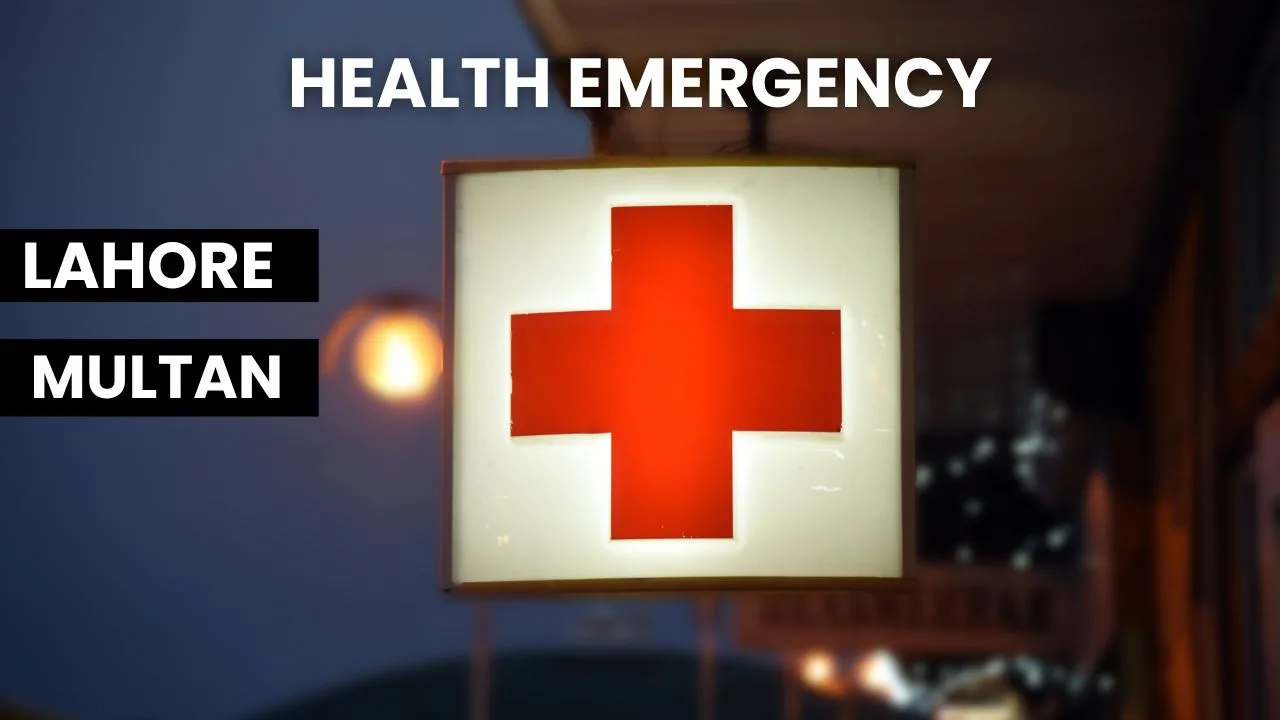There is no dearth of diseases in our beloved country. Poor health infrastructure, lack of education and health awareness, overcrowding, and poor environmental conditions are contributory factors. The results are that every now and then, we witness, outbreaks of diseases affecting the general masses and causing a heavy toll on health economics.
These days Peshawar is in a grip of a parainfluenza outbreak. People everywhere are falling prey to this disease. Although not considered dangerous or fatal, this disease is a major morbidity factor and the main cause of work and school absenteeism these days, in Peshawar, and all areas comprising of what is known as Peshawar valley.
It all started when anecdotal evidence started telling that everywhere here, and there people were getting “cold” and “flu” and almost everyone was complaining that their family members were suffering from flu and high fever. However unlike ordinary flu this time there was something special about this illness. It was causing a prolonged illness averaging around 10 days and causing very high fever.
Though people as well as medics were not taking this thing seriously as it was thought to be just another spell of winter related flu, my interested to investigate this started when I myself fell pray to this illness and my wife and my daughters followed in. Being a doctor, specialized in infectious diseases epidemiology, I was alarmed when I noticed that my illness was a more severe one with high grade fever, and violent bouts of coughing coupled with chest pain. My family members had the same. We all were ill, and this time ordinary medicines were not that much effective. That made the disease an ordeal for us. Anyhow, with intensive medications, we gradually recovered, and I decided to investigate this matter on epidemiological grounds.
I made a epidemiological case investigation proforma using Epi Info Software (CDC, Atlanta and WHO), and distributed it in 3 main hospitals of Peshawar where I personally knew and had doctors friends and asked them to fill in the forms for those patients who fitted into the inclusion criteria.
Almost 141 patients were recorded in 2 days, and the data was entered in Epi Info Software and anaylzed. I will not go into the technical details, but the symptomatology, and clinical features were highly suggestive of a viral infection of respiratory tract known as Parainfluenza.
Lets now discuss this intersting infection. This for sure, was not ordinary flu, which only infects, the upper respiratory tract. This time parts of lower respiratory tract were getting involved, which was causing violent bouts of coughing, breathing problems, and high grade fever. Normally dry winter usually causes outbreaks of common cold viruses as they mutate round the year and new strains cause outbreaks every year.
However this year, the parainfluenza outbreaks were traced to recent fresh influx of Afghan refugees from eastern Afghanistan who migrate to Pakistan when their own mainland is in grip of severe cold wintery weather.
Since parainfluenza is not that common in our population, hence most of the population doesn’t carry any immunity and get easily affected. The virus of Parainfluenza are slightly different from Influenza virus and usually of two types A and B. B usually causes a more mild illness. In our case, we expected both as patients had symptoms correlating with both types of infections.
In dry winter season, humidity is low and hence atmosphere becomes smoggy and dusty. These fine dust particles which are usually less than 5 microns in size, act as a nidus where the virus can attach and hence remain suspended in air in heavily dense quantities. Moreover these fine dust particles can be easily inhaled and the virus directly reaches the upper and lower respiratory passages, where it causes infection by invading the respiratory passages, destroying the epithelium, and causing symptoms.
Since there is no treatment for the infection, treatment is mostly supportive and consists of treating high fever, and breathing problems if any. However the illness takes time to respond and in out short study, I found out that the mean duration of illness at time of presentation to doctor was 5.3 days. If another 3-4 days of taking treatment and rest are added then the illness duration increases to 8-9 days.
The only precaution we can take is to wear masks during the outbreak, and practice stringent hand washing. If you have a patient in home, then it is best to isolate the patient in a room where there is plenty of sunlight and fresh air ventilation. Still better is to get annual Flu vaccine, specially for children and people aged above 65 years.
Email at : doctor@www.incpak.com









